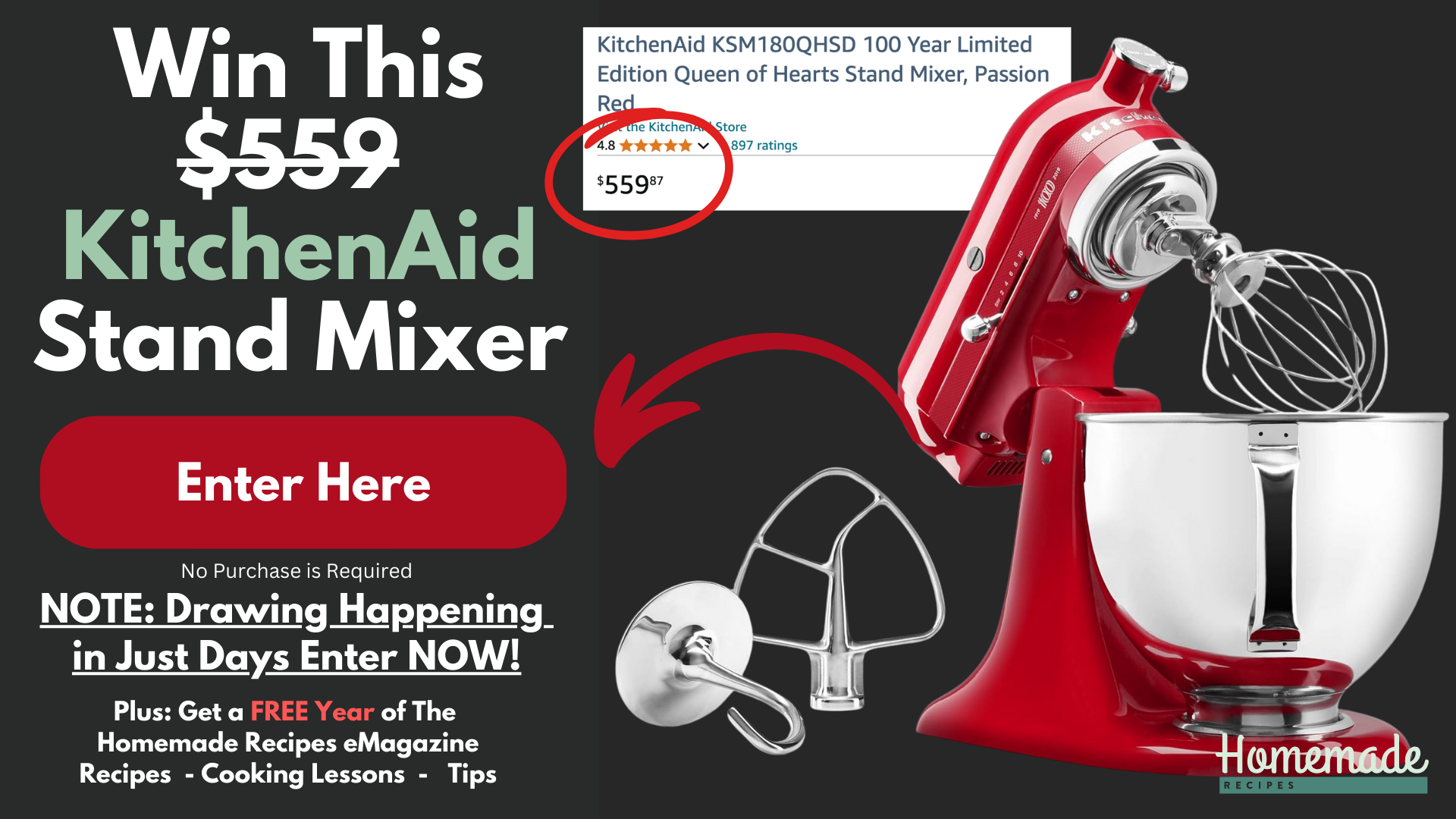While Zinfandel is often referred to as the true American grape variety, its origin can actually be traced to Croatia. Know more about what the future of Zinfandel has to offer.
The Next Generation Zinfandel, An Eye-Opening Experience
Adam Sbragia was raised in a winemaking family in Healdsburg, in the heart of Sonoma County. His grandfather made wine. His father, Ed Sbragia, is the only winemaker to have twice produced a wine that earned the coveted Wine of the Year award from Wine Spectator. And for the past decade or so, Adam has been making wine at Sbragia Family Vineyards in Dry Creek Valley — but only after he ran off to Los Angles to study acting at UCLA.
Rashell Rafanelli tells a similar story. Like Sbragia, she is a fourth-generation Sonoma County winemaker. Like Sbragia, she toyed with a different career but returned to the family winery and did what she had done since the age of 10, driving tractors, connecting hoses and helping her father with that and other winemaking chores until one day, she took over.
“I named myself winemaker,” she said with a laugh. “I was doing everything anyway.”
Jake Bilbro is another son of a winemaker. He grew up learning about wine at the feet of his father, Chris Bilbro, at Marietta Cellars. Six years ago, he purchased Limerick Lane winery located south of Healdsburg in the Russian River Valley. The prize was the Collins vineyard, planted with zinfandel and other red-grape varieties by Italian immigrants in 1910.
What Adam, Rashell and Jake all have in common is that they are have been deemed the next generation of zinfandel producers by none other than Joel Peterson, founding winemaker of the iconic Ravenswood Winery. The trio, along with Rory Williams of Calder Wine Company, Jess Havill of Bella Grace Vineyards, Nicole Salengo of Berryessa Gap Vineyards, Erik Miller of Kokomo Winery and Zach Long of Kunde Family Winery, was selected by Peterson to represent the next generation.
Peterson curated a tasting event on Jan. 19 featuring these eight at the annual Zinfandel Experience in San Francisco, otherwise known as ZAP (Zinfandel Advocates and Producers).
The significance of this next generation speaks to the very future of zinfandel as an important player in the national wine scene. Often portrayed as the one true American grape variety, zinfandel’s origin can actually be traced to Croatia, where it was planted by the Venetians at least as early as the 14th century.
Planted in northern California in the 1800s, zinfandel has had a roller-coaster ride in popularity. It nearly disappeared in the 1970s only to be saved by the “white” zinfandel fad, which was followed by renewed interest in red zinfandel, which led to the formation of ZAP to preserve the historical aspects and heritage vineyard sites of zinfandel.
Its followers, and its producers are passionate.
Sbragia, for example, remembers the time he worked with his father at Beringer Vineyards, making the commute to the Napa Valley every day. “We used to say we drive to Napa to make Cabernet; we come home to drink Zin,” he says.
But the zinfandel that inspired those passions disappeared some time ago, morphing into a sometimes unrecognizable beverage that was dense, almost black in color, and exceedingly high in alcohol with Port-like aromas of prunes and raisins. Many wine enthusiasts were turned off, including yours truly.
I hadn’t attended ZAP for about a decade. Then I got vibes from the ZAP crowd that the pendulum was swinging back the other way, toward balance and elegance. The proof, however, is always in the bottle. So I signed up for ZAP this year specifically to attend the tasting Peterson, the moderator and curator, headlined “Zinfandel, Exposing the Next Generation aka the Young Guns.”
I am happy to report that the tasting was an eye-opening experience. The wines exhibited freshness and balance beyond anything I could have dreamed of. I was heartened when Bilbro told me at an opening-night reception: “I’m not afraid of acidity, and I’m not afraid of tannin. I believe zinfandel has the ability age, and it needs structure to do that.”
Added Rashell Rafanelli: “We want to make a wine WE like to drink. We have resisted the high-alcohol ripe style. We said, ‘It’s just not our style.'”
I evaluated and graded the wines presented. Each winemaker poured two wines. Rory Williams of Calder Wine Company presented one wine each from his mother’s winery, Tres Sabores, and his father’s winery, Frog’s Leap. Due to the format, especially the limited pour, I utilized a letter grade based upon my perception of overall balance, structure and fruit purity.
The Wines (in tasting order):
Tres Sabores Estate 2015, Rutherford, A-
Frog’s Leap 1987, Napa Valley, A
Bella Grace Vineyards 2014 Bella Grace Reserve, Amador County, A
Bella Grace Vineyards 2015 Estate, Amador County, A-
Berryessa Gap Vineyards 2013 Reserve, Yolo County B+
Berryessa Gap Vineyards 2016 Reserve, Yolo County, A-
Kokomo Winery 2016 Pauline’s Vineyard, Dry Creek Valley, B
Kokomo Winery 2015 Timber Crest Vineyard, Dry Creek Valley A-
Sbragia Family Vineyards 2014 ‘La Promessa,’ Dry Creek Valley A
Sbragia Family Vineyards 2014 ‘Nonno’s,’ Dry Creek Valley, A+
Rafanelli Winery 2015 Dry Creek Valley, A+
Rafanelli Winery 2012 Dry Creek Valley, A+
Kunde Family Winery 2014 ‘Heritage Block,’ Sonoma Valley, A-
Kunde Family Winery 2014 Reserve Century Vines, Sonoma Valley, B+
Limerick Lane Cellars 2015 ‘1910 Block,’ Russian River Valley, A+
Limerick Lane Cellars 2015 ‘Rocky Knoll,’ Russian River Valley, A+
Follow Robert on Twitter at @wineguru. To find out more about Robert Whitley and read features by other Creators Syndicate writers and cartoonists, visit the Creators Syndicate website at www.creators.com.
COPYRIGHT 2018 CREATORS.COM



Leave a Reply